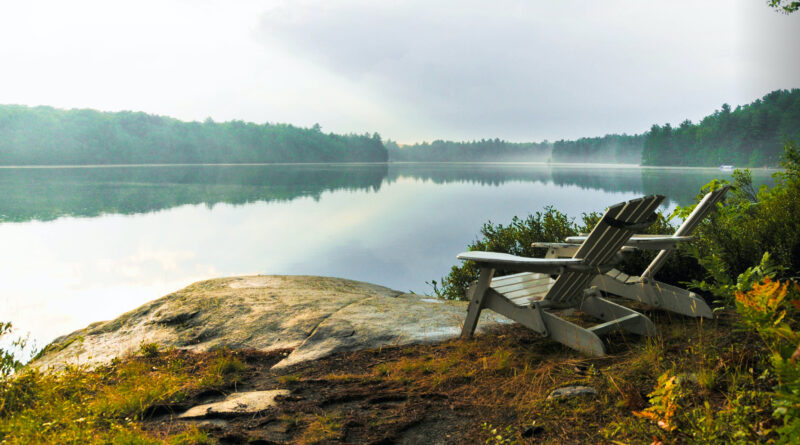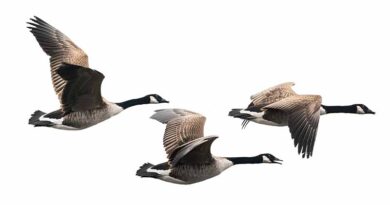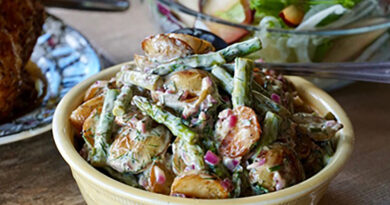Cottage Opening Tips
It’s spring time, and the snow is melting. I’m sure that your thoughts are starting to focus on your summer getaway, and there are a few straightforward pointers and ideas for getting everything ready.
Your check list of items to bring with you should include: batteries for your smoke alarms and flashlights, fresh water and food for the time that you are there, a couple of pounds of inexpensive raw meat, some basic tools and definitely the keys.
Upon your arrival you should start with a perimeter check looking for damage to the roof, windows and substructure. Doublecheck your support piers on the cottage and the decks to identify any movement from the winter freeze. After a cottage has sat for months in the cold, things can change. Don’t expect that everything will be as you left it; it usually isn’t.
Once inside, open all the windows and doors to air it out for at least 20 minutes. Complete a visual check for water damage, rodent damage and droppings and anything that may look out of place.
Most cottage owners have their own system for energizing the water supply and the hydro. I can’t advise on this other than to mention to close the drain valve on the hot water heater, as well as any drain clean-outs that were left open for the winter.
Start opening each tap to bleed the air out of the lines and doublecheck for any sign of a leak. Once all plumbing has been checked then fill the hot water tank and turn on the hydro to the heater once it is filled. Flush the raw meat that you brought to reactivate the bacteria in your septic tank. Hopefully you also did this when you closed the cottage last fall.
When first turning on the hydro, reduce the number of circuits used and then turn them on one at a time and check for proper operation. Mice love to chew on wires, and this can become a problem if not monitored at startup.
Change the batteries in the smoke alarms and change the furnace filter if applicable. If you have a woodstove or fireplace be sure to look for nests in the chimney. It is very common for birds and squirrels to make a home there, and you don’t want to fire up your woodstove without proper exhaust.
That covers the roof, the structure, the water supply and drains. From there you are ready to set up camp and enjoy the rest of your time there, dreaming of the warm weather which is soon to come.
Resident DIY Guru; Dave Linkert, Port 32 Marshall Homes, Bobcaygeon
cottagecountryDIYdave@gmail.com




